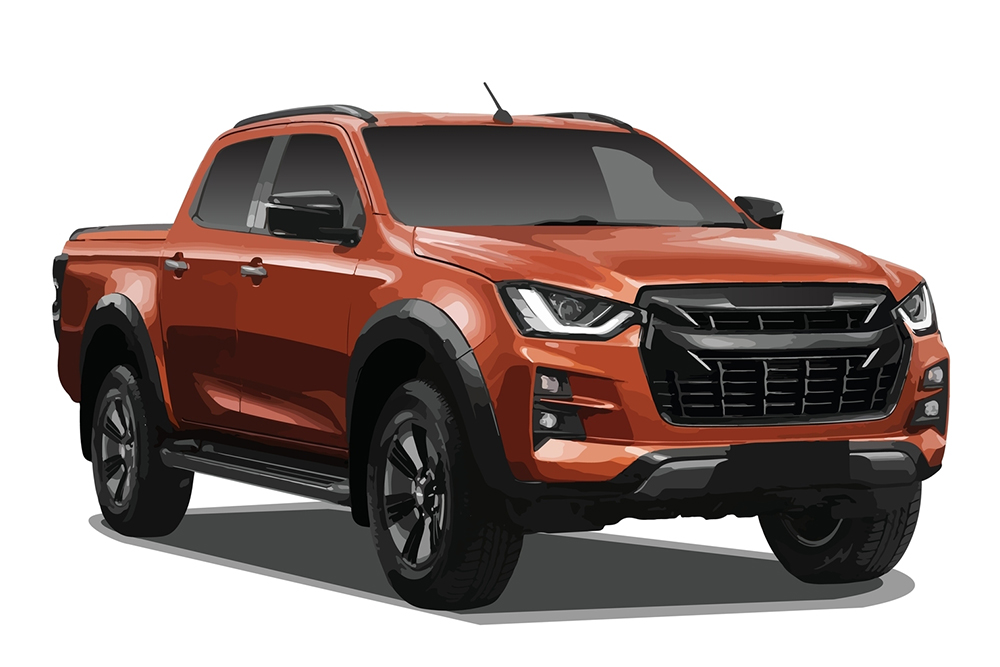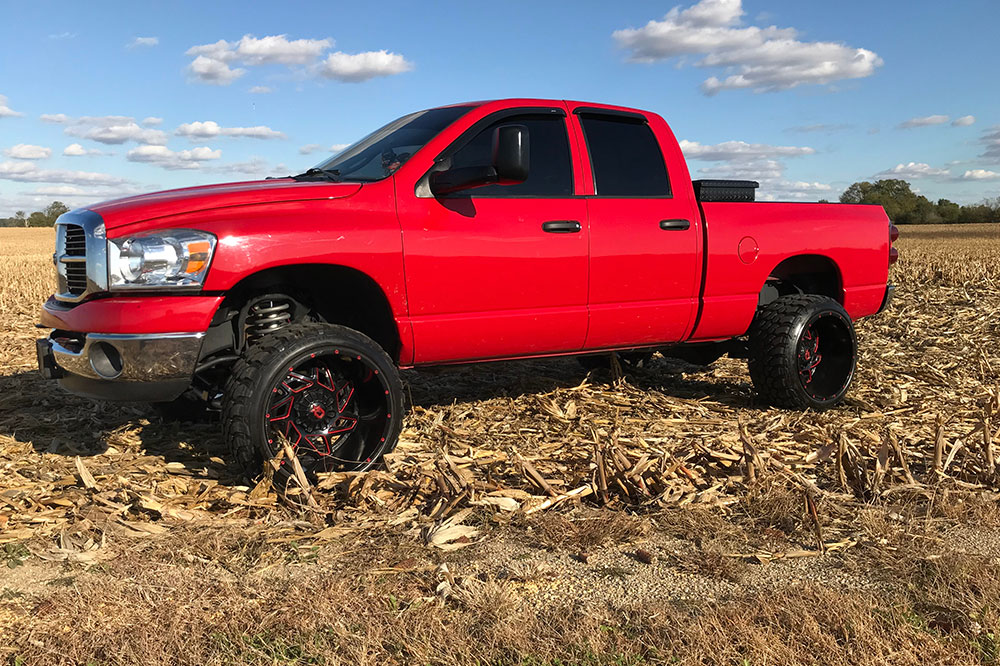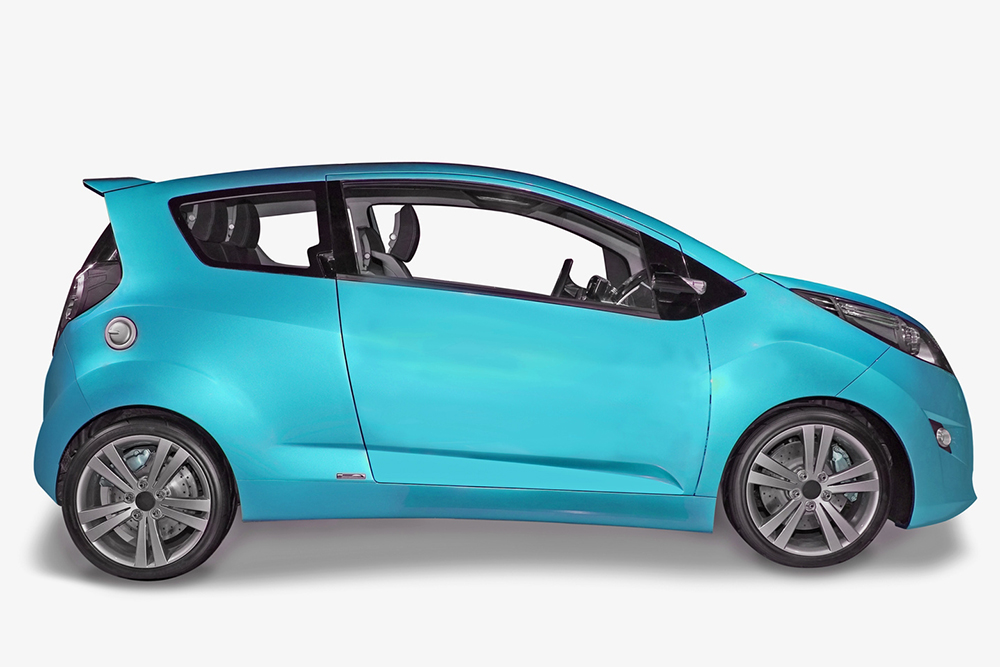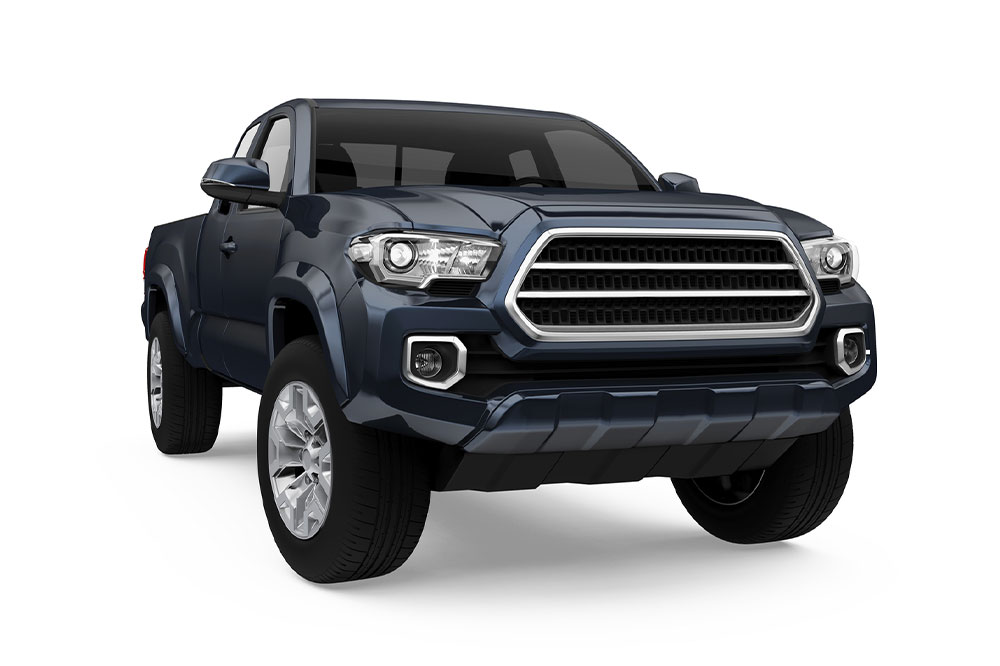Comprehensive Overview of the Chevrolet S-10 Pickup
Learn about the history, features, and evolution of the Chevrolet S-10 pickup truck. From its introduction in the 1980s to its final models in 2004, discover why this versatile and affordable vehicle remains popular among pickup enthusiasts. The article covers engine options, design updates, safety features, and special editions like the ZR2 and Xtreme, making it a comprehensive guide for potential buyers and automotive fans alike.
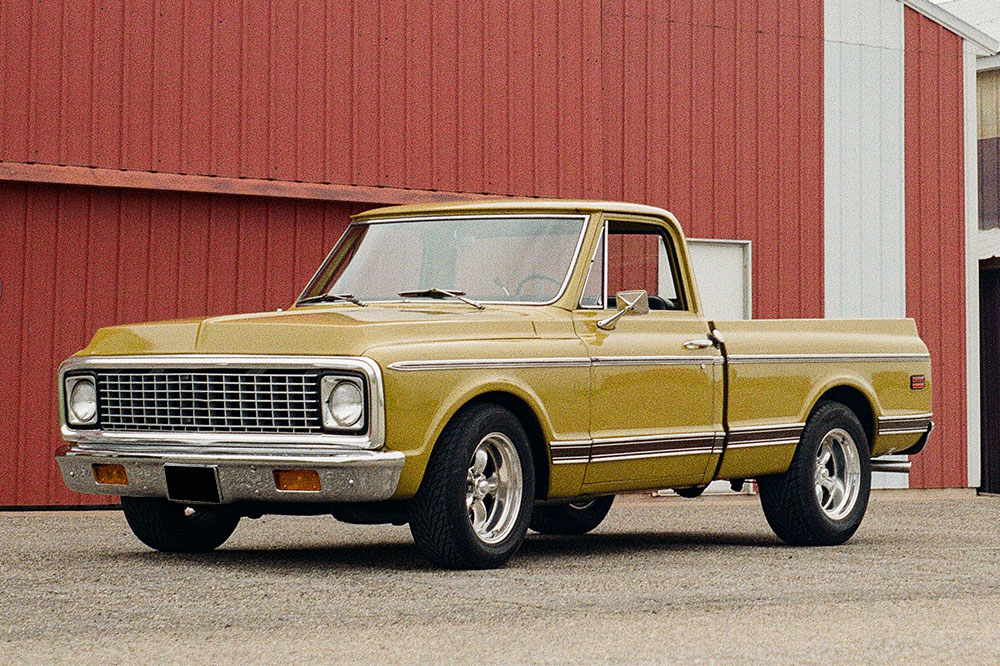
Comprehensive Overview of the Chevrolet S-10 Pickup
Launching into the market amidst the rising popularity of Japanese compact trucks in the early 1980s, the Chevrolet S-10 quickly established itself as a strong competitor. Known for its affordability and customization options, it appealed to a wide range of buyers seeking a reliable, versatile truck without the large payload capacity typical of full-sized models. The S-10 was ideal for those needing a smaller, economical vehicle for everyday use or light-duty tasks.
Model Evolution
Over its 23-year production span, the S-10 saw two main generations. The second-generation models, produced from 1994 to 2004, are particularly favored for their innovation and dependability.
The second-generation Chevrolet S-10 was offered in various configurations, including regular, extended, and crew cab bodies, with both long and short beds. The introduction of the Sportside bed in 1996 added sporty appeal, alongside models featuring three-door access for better cargo and passenger loading. The ZR2 package brought off-road toughness, with sturdy suspension, larger tires, and standard four-wheel drive, making it a rugged option for outdoor enthusiasts.
Extended cab variants featured a third door on the driver's side, facilitating easier access and additional space, including a fold-down jump seat—perfect for pet hauling or extra cargo.
1994 to 1997 S-10 Models
During these years, the S-10 came equipped with a base 2.2-liter four-cylinder engine producing 118 horsepower, paired with a rear-wheel-drive setup. An optional 4.3-liter V6 engine delivered 165 horsepower, standard in 4WD models and available in 2WD. Engine upgrades in 1996 increased its performance further. Buyers could choose between a four-speed automatic or five-speed manual transmission.
Though well-equipped, initial models lacked some safety features, with optional four-wheel anti-lock brakes becoming standard after 1996. A driver-side airbag was introduced in 1995, while passenger safety features became more comprehensive after 1998, marking progress in safety over the years.
1998 to 2004 S-10 Models
In 1998, the S-10 underwent a refresh, featuring bolder front styling and improved interior amenities with dual airbags. The 1999 S-10 Xtreme was designed for street performance, with rear-wheel drive, lowered ride height, body-color accents, 16-inch alloy wheels, and sporty suspension. Notable updates included the launch of a five-passenger four-door crew cab in 2001, offering increased versatility and space for families or work crews.
Final Thoughts on the Chevrolet S-10
The Chevrolet S-10 remains a well-regarded, budget-friendly compact pickup, appreciated for its adaptability and steady evolution. Despite modest interior materials, ergonomic improvements and consistent updates maintained its appeal until production ceased in 2004, replaced by the Chevrolet Colorado.
Note:
Our blog offers diverse, informative content for readers across various topics. While our research aims to provide accurate insights, it should not be considered definitive. The site disclaims responsibility for discrepancies or inaccuracies and is not responsible for offers or deals that may vary from our descriptions.



